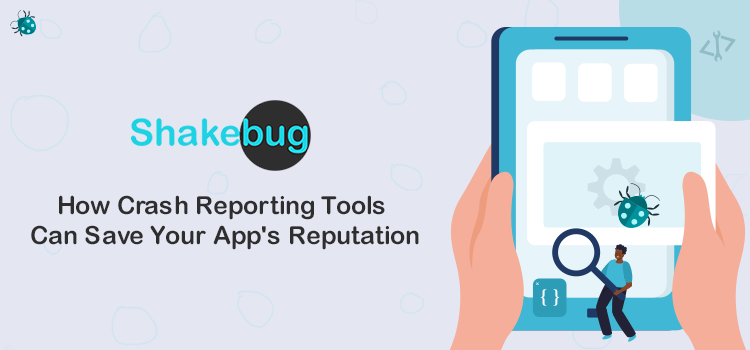Crash reporting tools are becoming more important for app developers as the demand for high-quality, reliable apps grows. In today’s fast-paced digital world, users are impatient with apps that crash or malfunction. This can quickly harm an app’s reputation and cause a drop in downloads and usage.
That is why developers must use crash reporting tool to identify and resolve issues before they become major problems.
This article will discuss the significance of these tools and how they can protect your app’s reputation from potential disaster.
The Impact of App Crashes on Reputation
App crashes can have a significant impact on your app’s reputation. With the increasing number of apps on the market, users have become more demanding, expecting their apps to work flawlessly.
When an app crashes or has bugs regularly, users may leave negative reviews and ratings, harming the app’s reputation.
This is where crash reporting tools come in handy: they help identify and resolve issues quickly before they affect too many users. Using these tools, you can ensure that your app maintains a positive reputation among its users and grows in popularity.
Understanding Crash Reporting Tools
Crash reporting tools are essential for any app developer who wants to maintain a good market reputation.
These tools provide valuable insights into app crashes and bugs, allowing developers to quickly identify and resolve issues before they spread to other users.
Developers can ensure that their apps run smoothly and receive positive user feedback by understanding how crash-reporting tools work and how to use them properly.
With increasing competition in the app market, having reliable crash-reporting tools is critical to running a successful business.
Key Features
Real-Time Crash Reporting: Such tools alert developers immediately about crashes, enabling prompt resolution of issues.
In-depth Crash Logs: Full logs provide stack traces, device details, and user activity, enabling effective root cause identification.
User Impact Analysis: They evaluate the impact of crashes on the user base to allow prioritization of priority fixes.
Integration with Development Tools: Smooth integration with project development and management platforms provides a seamless workflow.
How Crash Reporting Tools Preserve App Reputation
Crash reporting tools are important to maintaining app reputation through facilitating quick issue resolution, data-driven decision making, improved user communication, and continuous improvement.
A. Quick Issue Resolution
Real-time crash reports enable developers to quickly identify and resolve issues, minimizing user interruption and guaranteeing a seamless app experience.
B. Data-Driven Decision Making
Comprehensive analytics from crash reports offer important insights into repeated issues, enabling developers to prioritize fixes and maximize app performance.
C. Increased User Communication
Certain tools have direct communication features, enabling developers to communicate with impacted users, show transparency, and establish trust.
D. Ongoing Improvement and Updates
Crash reporting tools facilitate updates by pointing out areas of issues and directing improvement. This preventive measure enforces a dedication to providing quality and upholding a good app image.
Implementing Crash Reporting in Your App
When integrating crash reporting into your app, begin by choosing a tool with which your app’s particular requirements, platform support, and cost will resonate.
Compare features such as real-time reporting, analytics, and integration with development environment tools to make sure they fit smoothly.
While integrating, perform the usual routine of including the crash reporting SDK into your app, setting up settings, and thoroughly testing for validation of the correct collection of data.
Embrace best practices for best outcomes
Regular Monitoring: Periodically examine crash reports to detect and resolve issues prior to affecting users.
User Privacy Concerns: Properly handle crash data according to data privacy laws such as GDPR or CCPA. Only collect personal user data when required.
Collaboration Across Teams: Distribute crash insights among development, QA, and support teams. Collaboration helps in a unified approach to fixing bugs and more stable apps.
With the right combination of tools, solid integration, and strategic tactics, you can ensure app performance and protect your app’s reputation.
Conclusion
Sustaining app stability is important for providing a smooth user experience and protecting your app’s reputation.
With the current competitive environment, a few crashes are enough to cause poor user retention, negative reviews, and a tainted brand image.
Proactive adoption of crash reporting tools is a best practice that equips developers with real-time feedback, in-depth crash logs, and user impact analysis.
These tools enable rapid issue resolution, improve user communication, and direct data-driven updates that reflect a commitment to quality.
By continually monitoring and responding to crash data, app developers can establish trust, increase app credibility, and maintain long-term success.


